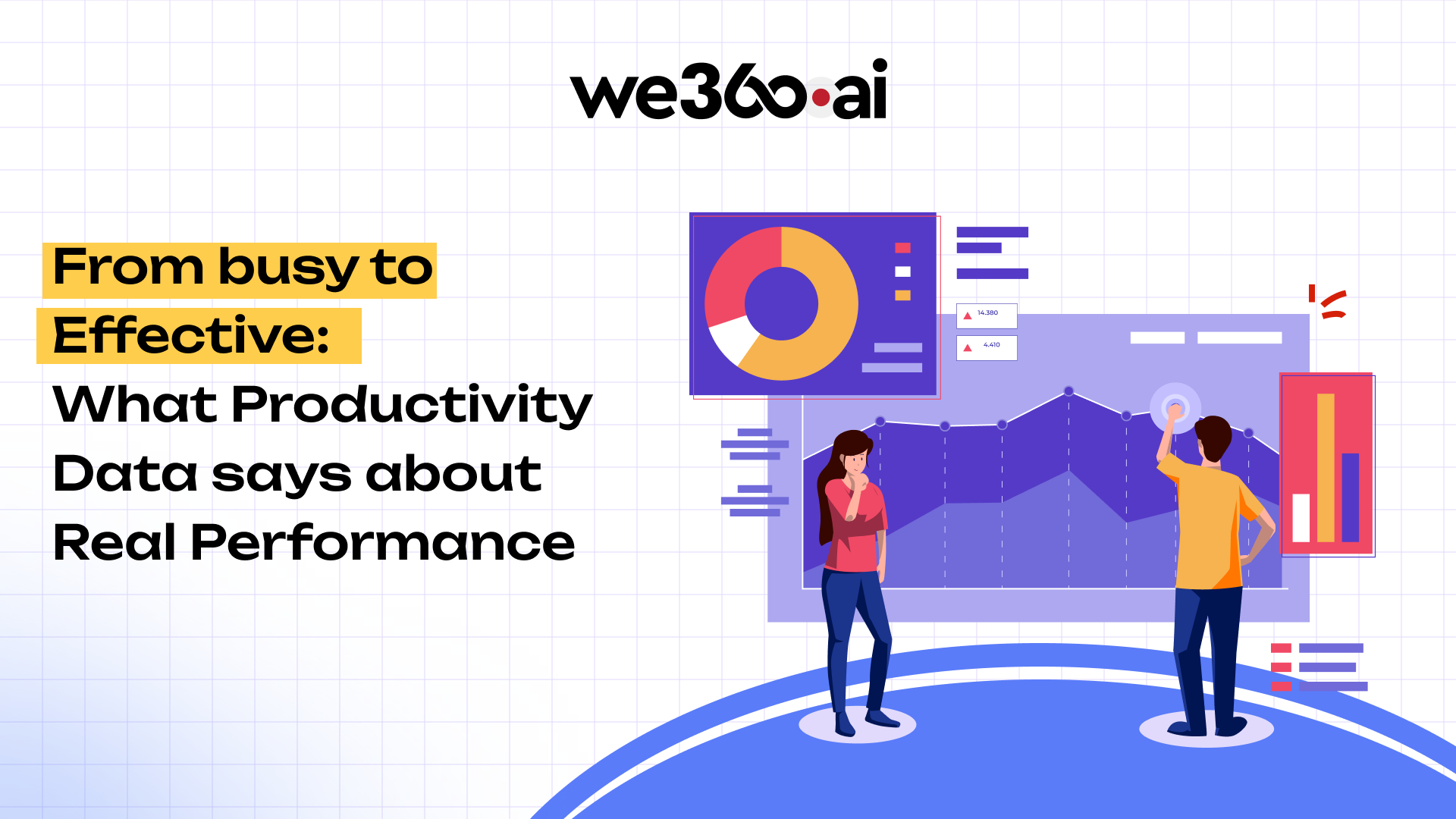With companies accelerating their digital transformation, Human resources have become an integral part of the process’s success.
From hiring talents, building solid teams, and ensuring the quality of its work environment- human resources have a lot in their hands and have a tremendous impact on your business’s success.
To meet this expectation, human resource requires the right software in place.

So, businesses spend a lot of time in finding and implementing the software, but HR lead software implementation failure is a common issue most of them face today.
In this piece, we point out 5 potential reasons why HR software implementation fails.
HR software implementation
HR software implementation is a process that requires careful planning, preparation and execution.In this article, we will explore the necessary steps to implement HR software to its full potential. It is necessary to plan the implementation process in advance and make sure that there are no problems during the process. HR software implementation is the process of integrating a new software with your company's existing business processes.There are many considerations to take into account before implementing HR software. One of the most important things to consider is whether you have the necessary resources, time, and skills in-house or whether you need to hire outside help.—Implementing HR software is a major undertaking.
The next step is to identify all the HR processes that are going to be affected by this implementation, as well as those that will not be affected at all. It's important that there are no doubts about which processes need attention, as well as which ones don't require any changes at all.
Why does Software Implementation Fail and how to fix it?
1. Lack of Clear Goals
This is the crucial step that you need to keep in mind while preparing for, and shortlisting the right software.
As an HR, you need to have a clear understanding of your Goal of implementing software.
For this, you need to have clarity on the problem statement, what you expect from the tool, who are the end-users, and what you want to achieve from the software?
Go a little bit further and think in terms of the features as well:
- Essential features– List of features that are crucial for your goal, and the software must-have.
- May need Features– features that are not crucial for your goal but would help with other aspects such as productivity, keeping employees motivated, etc.
- Good to have features- features that might add to the overall value proposition.
Just a heads up- jumping the bandwagon and choosing software not on its merits but because competitors are using it- are all wrong reasons to implement software.

2. Missing Essential aspects in your Plan
Improper planning could be a massive pitfall because of which your HR software implementation fails or face several hiccups. Your software implementation planning should include the following key points:
- Ensure that you get the budget approval beforehand.
- The users are also part of the software assessment process or discussions.
- Give weightage to the end-user experience, IT team’s feedback, and ease of using the software.
- The number of training sessions you would need is based on the team size.
- Mode of training software provider offers and what would work best for your team.
- Chart out the realistic timelines for user training and feature roll-out.
- Define clear roles and responsibilities of all the stakeholders.
- Assign it to all the stakeholders well in advance.
3. Lack of Support from Stakeholders
You are implementing the software to solve a business problem or smoothen an existing process.
Therefore, you cannot ignore the importance of other stakeholders and should consider involving them at the very beginning stage of the software implementation.
Sometimes the users may feel burdened or insecure with the introduction of new software.
So, you must uproot this concern and introduce the software, share the existing challenges, benefits of implementing the software, and explain the bigger picture to all the teams involved.
Such clear discussions early on can ensure that your users are prepared to adapt the software with an open mind and adjust well to the new process.

4. Poor Support and Training for users
The success of software implementation largely depends on how well the users adapt to it.
As an HR, you need to understand that all the users are not the same, they have different learning curves, and may or may not understand the usability of the software features in one go.
Therefore, you must ensure that software providers arrange for in-depth training sessions for all your users.
Along with the training, your teams must have access to prompt customer support to resolve queries, without significant delay.
Training and customer support are crucial, and ignoring their importance you will risk the success of the software implementation.
5. Rolling out everything in one-Go
The new software will bring a change to your business process.
And, chances are difficult and challenging.
Hence, to concrete the chances of software success, you should avoid rolling out the complete feature suite in one go, and rather plan to implement software in phases.
To begin with, choose a particular team, complete their training process, take their feedback, inculcate the changes, and then move on with the other teams.
With this, you and the software provider can get a clear picture of potential hiccups and actual changes you need to make, in order to implement software successfully.
Conclusion
Human Resources plays an integral role in the success of your company. And, failure to integrate HR software into the business processes can wreak their entire operation.
The key to successful software implementation is to review the implementation process, think of your users and identify potential hurdles, and ultimately, implement a course correction to minimize errors, and prevent any future recurrences.
If you are looking for a robust employee monitoring software with a 100% implementation success rate, Try We360.ai for FREE!







.png)










